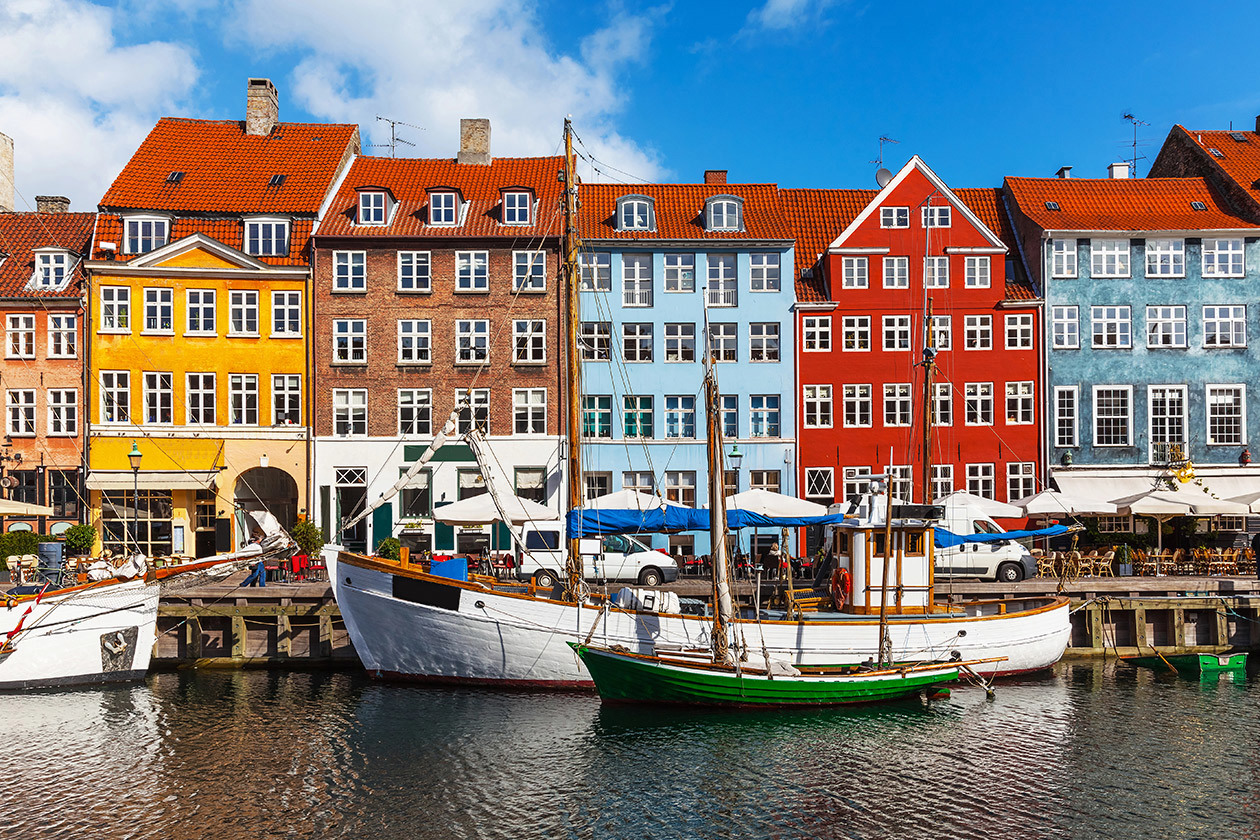25 November 2024
SAS Polar Route Flight Reduces CO₂ Emissions Per Passenger by 20%
By renewing our fleet, integrating SAF and optimising our flight operations, SAS is flying towards a more sustainable aviation future to reduce the environmental footprint
The recent flight on SAS' polar route from Copenhagen to Los Angeles, part of The Aviation Challenge (TAC) program, achieved a 20% reduction in CO₂ emissions per passenger, marking an important milestone in terms of energy efficiency and environmental sustainability. This result demonstrates how accurate route planning and optimization can significantly contribute to reducing aviation's environmental footprint.
Thanks to careful management of load distribution and the balance between passengers and cargo, SAS has optimized fuel usage for the 285 passengers on board, minimizing fuel consumption. In addition, real-time collaboration with air traffic control has made it possible to adjust the cruising altitude and flight path, saving an additional 250 kilos of fuel and further reducing emissions.
Sustainability efforts have not been limited to flying. Optimized taxi procedures have also been implemented in ground operations, saving over 100 kilos of fuel compared to standard practices. In addition, around 32 tonnes of sustainable aviation fuel (SAF) made up 40% of the total used during the flight, further helping to reduce environmental impact and demonstrating the potential for greener long-haul flights.
While this flight was a major step forward in terms of sustainability, SAS recognizes that the systematic application of these practices on all flights comes with complex challenges. These include restrictions on air traffic routes, limited availability of SAF and variable operating conditions, which make it difficult to consistently implement such approaches.
However, flights such as those in the TAC programme offer essential opportunities to push the limits of sustainable aviation and test what is possible. The TAC flight reflects SAS's commitment to sustainable innovation in the aviation industry. Through ongoing initiatives such as fleet renewal, SAF integration, and flight operations optimization, SAS aims to make a significant contribution to creating a more environmentally responsible future for aviation.
SAS
Founded in 1946, SAS is now Scandinavia's leading airline. Headquartered at Copenhagen Airport with secondary hubs in Oslo and Stockholm, it carries more than 25 million passengers annually to 135 destinations in Europe, the USA and Asia. Innovation is at the heart of its mission: SAS has committed to achieving carbon neutrality by 2050, working with partners, customers and governments to build a sustainable future for aviation. In September 2024, SAS joined SkyTeam, strengthening its global network and confirming its key role in international connections.
By Avion Tourism Magazine Editorial Staff
Text source and visual photo: Copyright © SAS Press Office
Photo Copenhagen: Copyright © Sisterscom.com / Depositphotos
Things to see in Copenhagen
Copenhagen: Copyright © Sisterscom.com / Depositphotos
Partnership with Booking.com
Hotels in Copenhagen
You might be interested in
Sustainability

Sustainable Mobility
Volotea with TotalEnergies for sustainable fuel
An agreement for the supply of sustainable aviation fuel (SAF) for use on flights departing from French airports
Sustainability

Sustainable Mobility
Delta Air Lines accelerates to a sustainable future
With the goal of zero emissions by 2050, the company invests in efficient aircraft, optimizes flight operations and promotes the use of sustainable fuels
Sustainability

Sustainable Mobility
Emirates accelerates on the green transition
From 2026, the airline, in partnership with Moro Hub, will move its data center to the Mohammad Bin Rashid Al Maktoum Solar Park, the world's largest solar-powered data center




